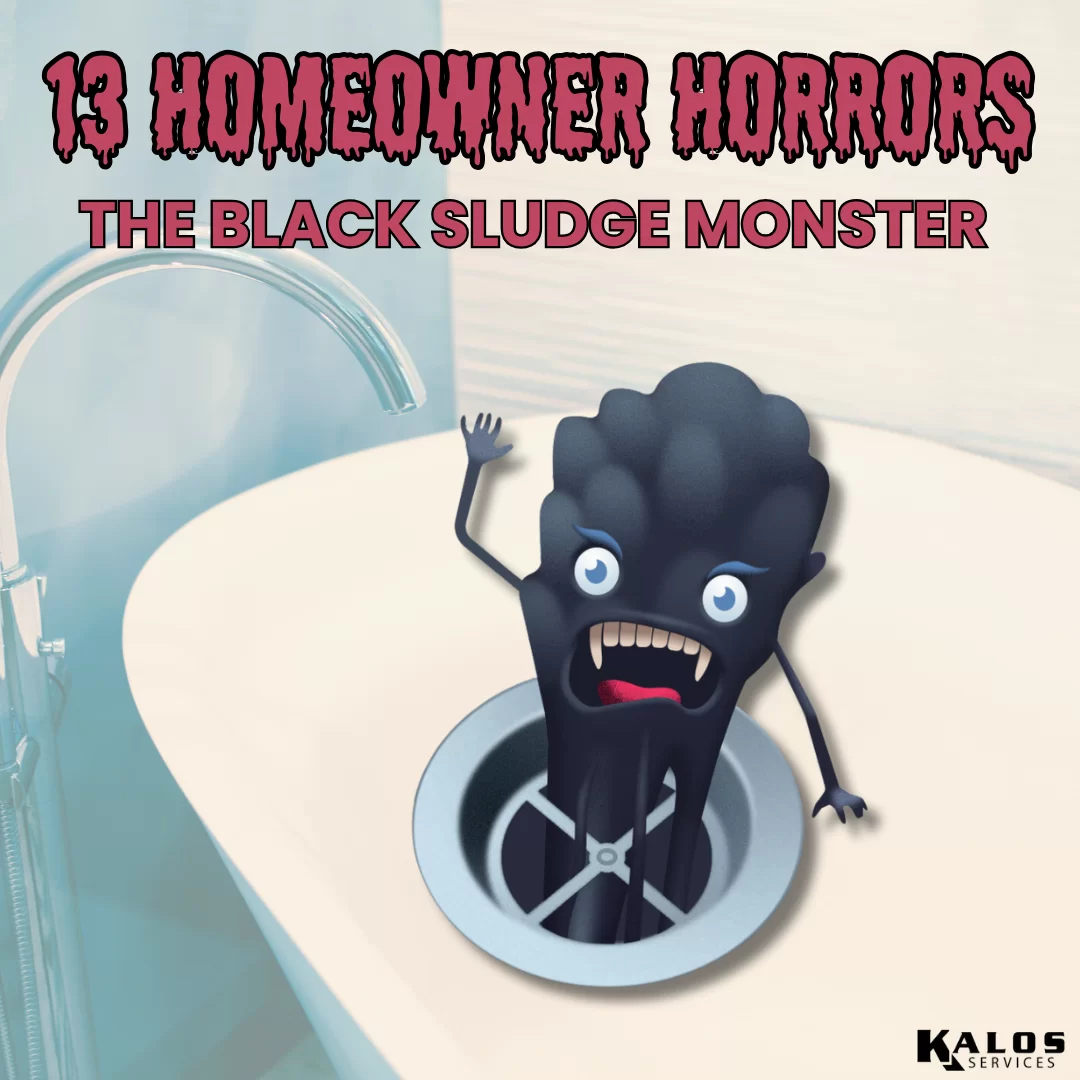Quick disclaimer: our protagonist of this story is a tenant, not a homeowner, but what happened to her could happen to anyone with a plumbed bathroom.
A young woman, who we will call Ms. E, lived alone in a small studio apartment that was built 50 years before she moved in and hadn’t had much renovation since then. She had a stressful job as a high school teacher and enjoyed unwinding in the bathtub after a long day of work. The bathtub always drained a little slowly, but it didn’t bother her. After all, she wasn’t going to need the bath until the next day.
About six months into her tenancy, she went to bed and woke up to see that the tub hadn’t fully drained overnight. Ms. E had long hair, so she thought the bath might’ve had a hair clog. It had been six months since she moved in without any form of plumbing maintenance, after all. She tried to plunge the drain by herself with no luck. When she put the plunger away and washed her hands, black sludge started spewing out of the drain! She shut off the sink, and it stopped.
Before calling someone to come out, Ms. E ran the sink a little longer (perhaps out of morbid curiosity), and more and more black sludge came out. That wasn’t the end of it, though. A massive wad of hair also came up from deep in the pipes—roughly the size of an adult man’s fist and covered in black film. That wasn’t the end of it, though. She ran the sink a little longer, and a shampoo bottle cap from a prior tenant came up as well.
Eventually, a plumber came out and took care of the clog with a drain snake; he opened the plumbing at the sink and drilled through the clog about fifteen feet down the line.
Drain backups can happen in apartments or single-family homes whenever there is a clog. In the case of Ms. E’s apartment, the sink and tub drains were tied into a different drain from her toilet; the black film was from bacteria in the pipes rather than human waste. However, in some single-family homes, all wastewater may drain into the same septic tank or public sewer line. You could have raw sewage backing up into your bath or sink drains if there is a clog deep in the plumbing.
Signs to look out for:
- Slow-draining tubs and sinks
- Toilets bubbling on occasion
- Toilets that won’t unclog easily
You can avoid some clogs by:
- Not flushing wet wipes or other hygiene products (even if it says “flushable”)
- Using a drain stopper to catch hair (or cleaning the drain regularly)
- Installing a water softener to prevent calcification, which narrows the pipes
In some cases, hard foreign objects fall into the plumbing (like the shampoo bottle cap). Even worse, tree roots sometimes crack the underground piping and grow into it, blocking the way. A licensed plumber, like Kalos Services, can help you find and solve the source of your clog, whether it involves clearing the piping with a tool or replacing a section of pipe.






